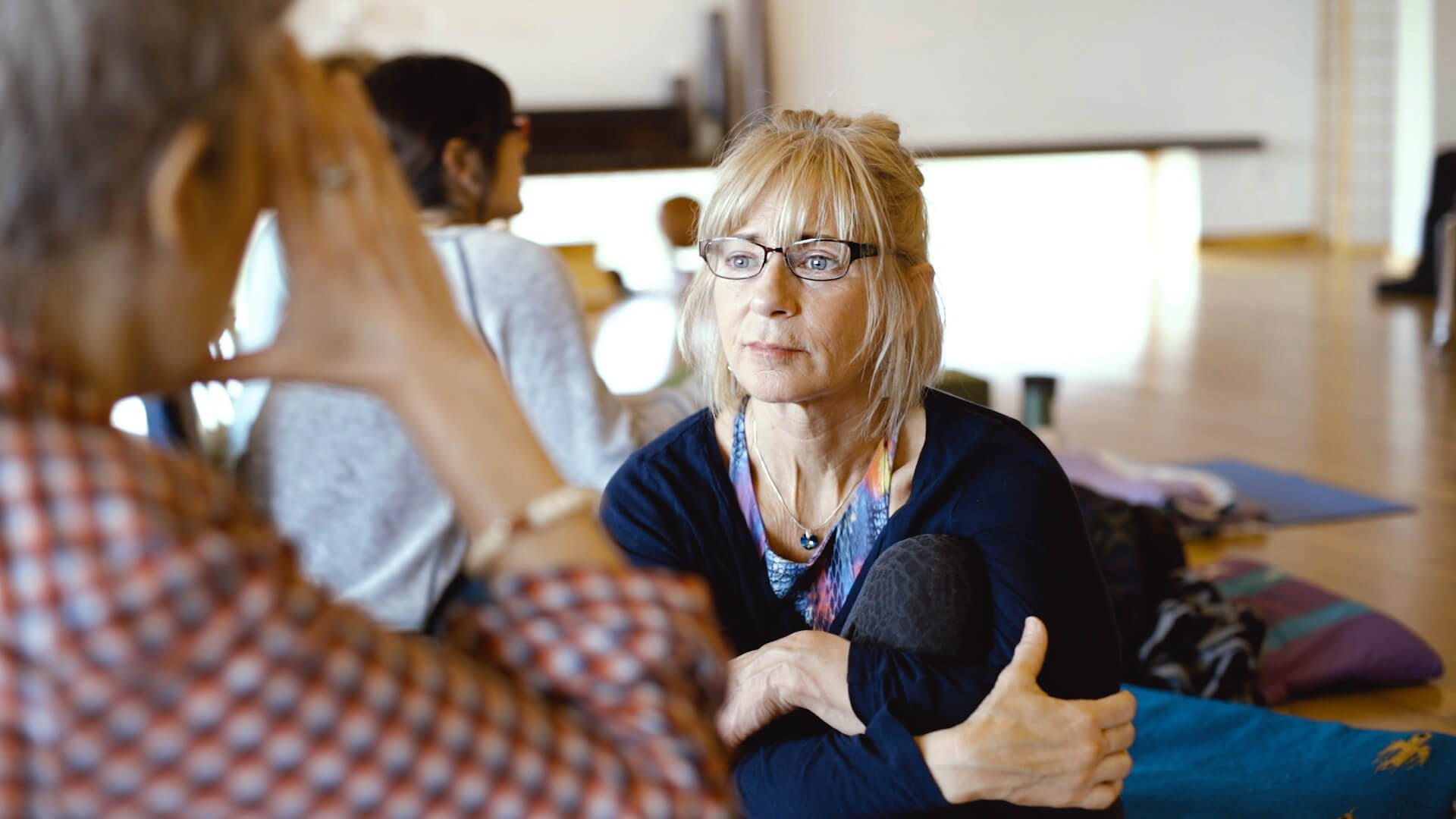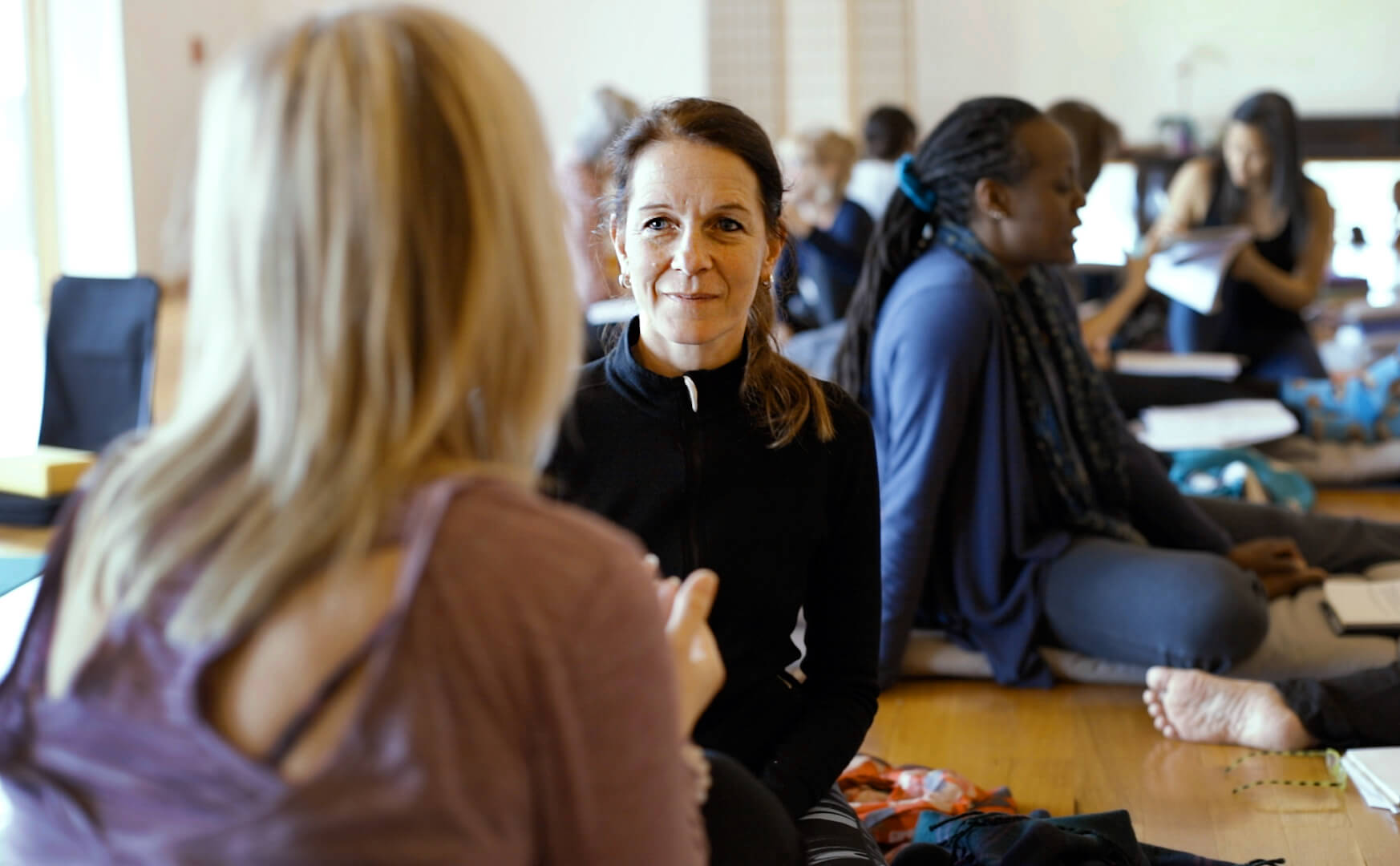I just read a news story that caught my eye.
“Taking a 12-week yoga class and practicing at home was linked to less insomnia—but not to fewer or less bothersome hot flashes or night sweats.”
Sounds good right?
Later in the article:
“Exercise seemed linked to slightly improved sleep and less insomnia and depression, and yoga also was linked to better sleep quality and less depression—but these effects were not statistically significant.”
So which is it???
The article also in no way details what this yoga practice might be. Which I find odd – since their are so many possibilities. Fast vinyasa – restorative poses – pranayama. Who knows what they were doing.
I’ve seen first hand the benefits of doing a practice which combines some restorative poses and breath work for women experiencing insomnia in menopause. I’ve also taught a combination of pranayama and chanting with similar results. And a few other times I’ve taught more intense asana combined with extended yoga nidra with good results. The practices given depends on the constitution of the person.
My hope is, that as more and more coverage is given to yoga therapeutics in the media – it will be balanced with more information about how yoga therapy actually works. That it isn’t a “one size fits all” prescription. And that, just like all healing modalities, practitioners have many options when working with a client.





